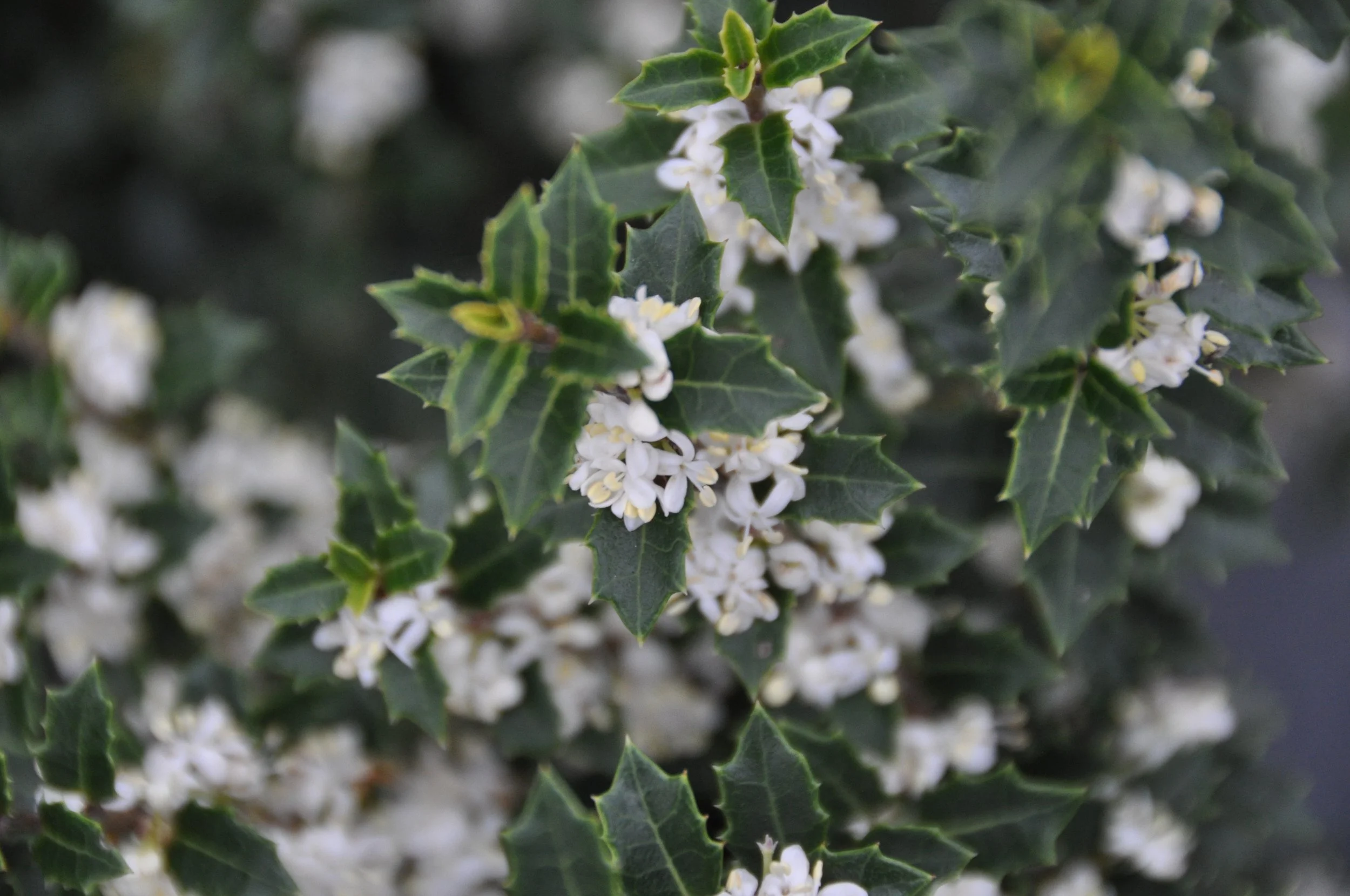Fall is for Planting
Fall Truly is for Planting
“Fall is for Planting” is not a gimmick to sell more plants. Avid gardeners and landscapers know fall is the best season to plant many trees, shrubs, and hardy perennials. Why? Cooler weather = plant growth.
Autumn temperatures are better for root growth than summer heat. Plants thrive in the cool nights, damp soils and regular rains of fall. Newly planted perennials, shrubs, and trees planted now will establish quickly during the fall season.
Plants can develop roots as long as soil temperature is above 40 degrees Fahrenheit. In the south, the soil temperature will not drop that low for all of fall, and often into winter. Therefore, plants installed in fall have several months of active root growth during the dormant season. Then, when warmer temperatures arrive in the spring, plants put their energy into growth – rather than setting root – and are well established when the heat of summer returns.
Plant (and Water!) Successfully
For success with all fall plantings:
Read plant tags to be sure your outside space has the room, light, soil and water your chosen plant needs to survive and thrive.
Handle plants properly.
Water regularly throughout the winter to keep roots and soil moist.
Hold-off on fertilizing.
Prune only as needed.
Ask your garden center professional for help if you need it.
Choose “Choice Plants”
"Plan—and Plant for a Better World." – J.C. Raulston
“Choice Plants” are superior selections of new and underused plants for the Southeast and Mid-Atlantic from the JC Raulston Arboretum (JCRA) landscape trials. Plants are chosen for their adaptability, beauty, and overall garden worth and are grown by local nurseries in a collaborative effort between the Johnston County Nursery Marketing Association and the JCRA. The first selections debuted in fall 2012. More selections are regularly added to this line of exceptional garden plants. You can see Choice Program plants at the JC Raulston Arboretum in Raleigh, or learn more online here . Or you can get these locally grown plants at the garden center.
Dwarf Viburnum (Viburnum obovatum 'Raulston Hardy')
'Raulston Hardy' is a tough but beautiful native plant for any garden or landscape. It makes a small, neat mound without any pruning and is topped in spring with masses of white flowers. Very drought tolerant once established.
Holly Tea-olive (Osmanthus heterophyllus 'Kaori Hime')
‘Fragrant Princess’ is a beautiful evergreen shrub with tiny, holly-like leaves. It forms a dense, upright shrub without any pruning although it can be sheared to a desired size and shape. Intensely fragrant white flowers are born in fall.
Evergreen Magnolia (Magnolia 'Serendipity')
'Serendipity' is a beautiful, rounded, large shrub or small tree with dark green foliage and an amazing display of creamy white, spring flowers. It makes a rounded plant without pruning but can be grown more upright if trained.
Sweet Viburnum (Viburnum odoratissimum var. awabuki 'Chindo')
'Chindo' is a JC Raulston Arboretum selection with lustrous, waxy, dark green leaves, 3"–7" long. White flowers on rounded cymose panicles in spring are followed by bright red fruit in large clusters later in the season. A fine choice for an evergreen hedge or small tree.
Weeping Common Boxwood (Buxus microphylla var. japonica 'Unraveled’)
This tough but elegant shrub makes a definite statement in the landscape where the branches weep gracefully for a very "un-boxy" boxwood. It grows in full sun to shade and is exceptionally drought tolerant and deer resistant. Perfect for containers, specimens, or massing on a hillside.
Pink American Beautyberry (Callicarpa americana 'Welch's Pink')
'Welch's Pink' is a beautiful native shrub with gorgeous pink fruit from late summer into winter. The fruits follow puffy masses of small, pink, summer flowers and attract birds. Grow in ordinary garden soil to wet soils.
Chinese Redbud (Cercis chinensis 'Kay's Early Hope')
This redbud, named for NC State's incomparable women's basketball coach Kay Yow, begins flowering by early March and continues until May. Lavender-pink flowers absolutely cover the stems before the heart-shaped leaves appear.
Redwing (Heteropterys glabra)
Redwing is an unusual vine from South America with lovely gold flowers from late June until fall. Flowers are quickly followed by red, wing-like fruits which are quite showy and appear alongside the flowers for a hot, multicolor effect. Perfect for training on an arbor or growing as a wide-spreading, low shrub.
Sources:
JC Raulston Arboretum: https://jcra.ncsu.edu


